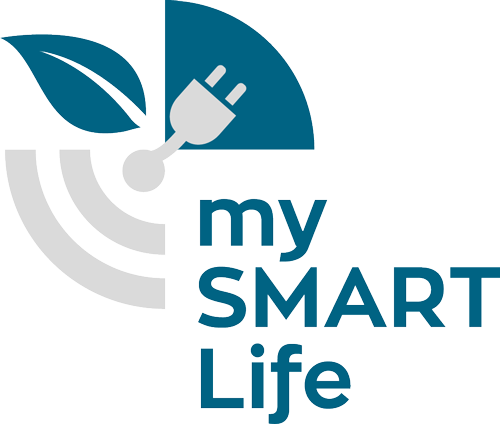What are the effects of integrating new heat pumps and solar collector capacity into an existing district heating system with considerable CHP capacity? Miika Rämä from VTT and Mikko Wahlroos from Aalto University, evaluated this exact question using Helsinki as a case study. Working with the EnergyPro modelling tool to provide information on optimal operation of heat supply, the two authors studied changes in the heat supply due to the integration of new renewable heat sources, the impact of systems emissions as well as the techno-economic performance of the newly introduced heat sources.
With its new city strategy, the city of Helsinki is aiming to be carbon neutral by 2035 (previously 2050) and targeting 60 % reduction in GHG emissions by 2030. Developing the city-wide district heating system is inevitably in focus for reaching these goals since the existing heat supply is mostly based on fossil fuels; coal and natural gas. Further motivation for search for new, emission-free alternatives is due to Finland banning use of coal as an energy source by 2029 with financial incentives planned for energy companies that reach this goal by 2025.
Find out more about the research and conclusion in the following publication:


